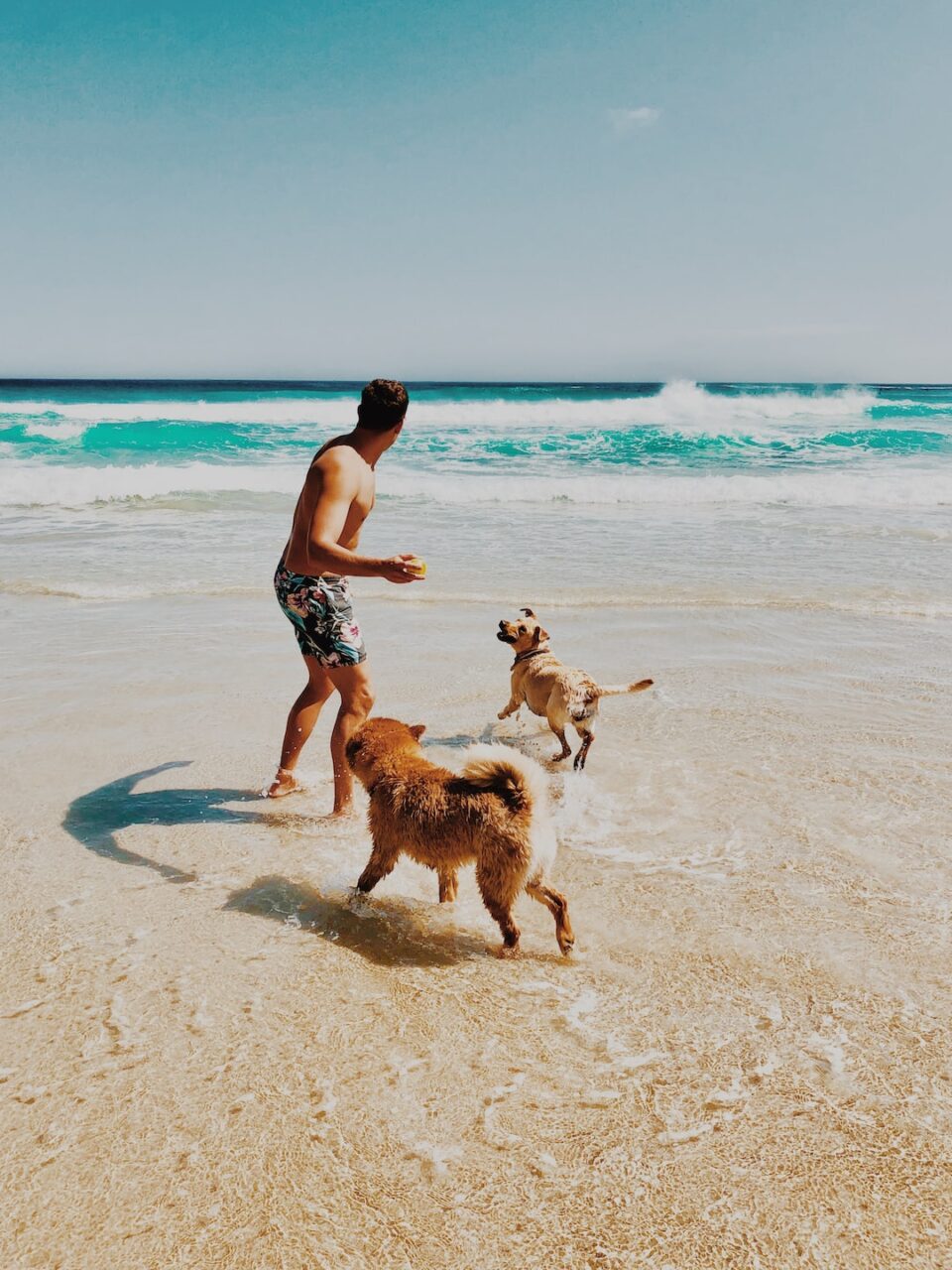Managing Separation Anxiety in Dogs: Tips and Techniques
When it comes to our furry friends, dogs have the tendency to develop separation anxiety. This condition can be distressing not only for the dog but also for the pet owners who have to deal with the destructive behaviors that often accompany separation anxiety. Fortunately, there are several tips and techniques that can help manage separation anxiety and create a more relaxed environment for both you and your dog.
1. Gradual Departures and Arrivals: One effective way to tackle separation anxiety is to desensitize your dog to departures and arrivals. Start by making your arrivals and departures less significant. Before leaving the house or greeting your dog, avoid making a big fuss, as this can increase their anxiety levels. Instead, keep your greetings calm and low-key, helping your dog understand that these moments are no big deal.
2. Create a Safe Space: Dogs with separation anxiety often feel more secure in smaller, enclosed areas. Consider creating a safe space for your dog, such as a crate or a specific room, where they can retreat to when they feel anxious. Make this space comfortable and inviting, with their bed, toys, and a few treats. Slowly introduce this space to your dog by leaving them in there for short periods and gradually increase the time as they become more comfortable.
3. Establish a Routine: Dogs thrive on routine, and having a consistent daily schedule can help alleviate separation anxiety. Set specific times for feeding, exercise, and play, and try to stick to this routine as closely as possible. This predictability can create a sense of security for your dog, reducing their anxiety levels.
4. Exercise and Mental Stimulation: A tired dog is generally a happier and more relaxed dog. Before leaving your dog alone, make sure they have had plenty of exercise and mental stimulation. Engage in interactive play sessions, take them for walks, and provide them with puzzle toys or treat dispensing toys that can keep them occupied. A tired and mentally stimulated dog is more likely to cope better with being left alone.
5. Counter-Conditioning: Counter-conditioning is a technique that involves changing your dog’s emotional response to being alone. Associate positive experiences with your departure by giving your dog a special treat or toy, such as a stuffed Kong, that they only get when you’re away. This can create a positive association with your departure and help them feel more secure and relaxed.
6. Gradual Departure Training: Gradual departure training involves desensitizing your dog to your absence by starting with short periods and gradually increasing the duration. Begin by leaving your dog alone for just a few minutes and gradually lengthen the time as they become more comfortable. This process helps them understand that you will always return and eases their anxiety.
7. Seek Professional Help: If your dog’s separation anxiety is severe or persists despite your attempts to manage it, it may be necessary to seek professional help. A certified professional dog trainer or a veterinary behaviorist can provide tailored advice and techniques to address your dog’s specific needs. They may suggest behavior modification techniques, medication, or a combination of both to help manage the separation anxiety.
Remember, managing separation anxiety takes time, patience, and consistency. Every dog is different, so it’s important to find the methods and techniques that work best for your furry companion. By implementing some of these tips, you can help your dog overcome their separation anxiety and create a more comfortable and relaxed environment for both of you.


